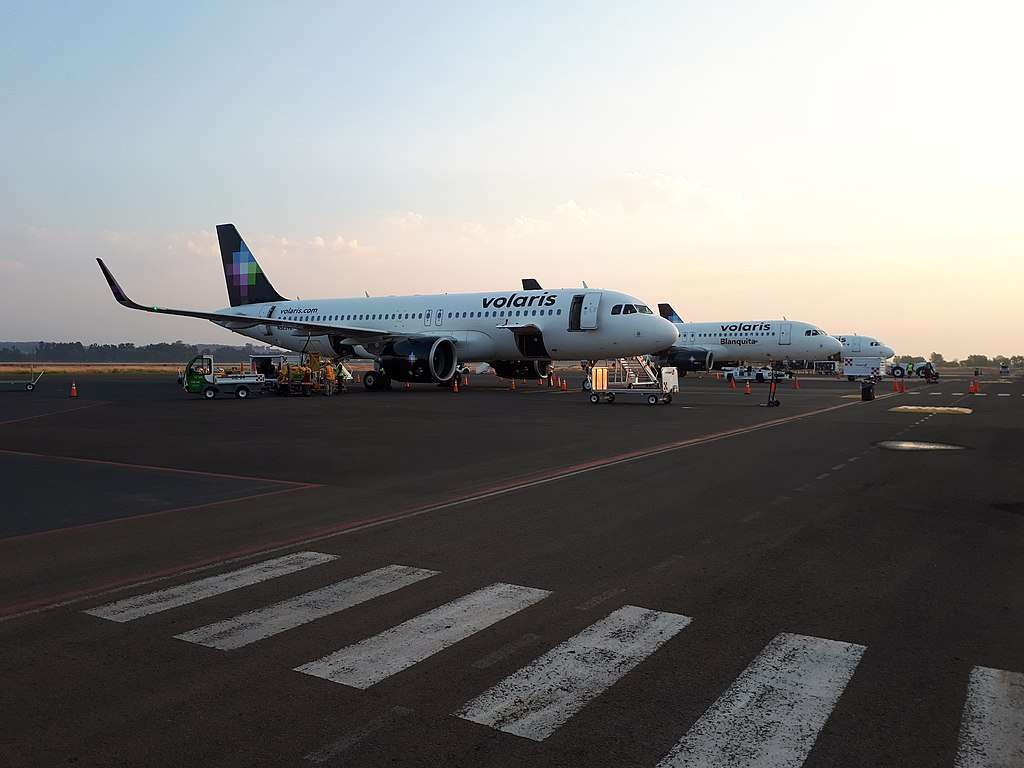Yuma International Airport (YUM), Arizona, boasts a rich history intertwined with the evolution of aviation itself.
Nestled in the sunny desert of Yuma, Arizona, the airport’s journey began over a century ago, fueled by local ambition and the ideal climate for year-round flying.
Early Days: Taking Flight in the Arizona Desert (1911-1941)
The seeds of Yuma’s aviation story were sown in 1911 when Robert Fowler, a daring pilot, landed his aircraft in Yuma during a transcontinental air race.
This event sparked local enthusiasm for aviation.
This led to the Yuma Chamber of Commerce to champion the creation of a dedicated airfield.
Their efforts culminated in 1928 with the establishment of “Fly Field”.
This resulted in securing 40 acres of land from the federal government thanks to President Calvin Coolidge signing the Yuma Aviation Bill.
Fly Field quickly became a hub for aviation activity.
The Chamber of Commerce capitalized on Yuma’s clear skies and ideal weather, attracting transcontinental and international air races.
Famed aviatrix Amelia Earhart even made an appearance in 1929.
Recognizing the strategic value of Yuma’s location and flying conditions, the Yuma County Board of Supervisors advocated for Fly Field to become a base for the Army Air Corps in 1939.
Furthermore, this marked the beginning of Yuma’s long and fruitful relationship with the military.
World War II and Beyond: Training Ground for the Skies (1941-1962)
The outbreak of World War II cemented Fly Field’s role as a vital military installation.
Renamed Yuma Army Airfield, it became a bustling training ground for pilots during the war effort.
Thousands of pilots honed their skills in various aircraft.
This included the iconic AT-6 Texan, the North American T-17, and the mighty B-17 Flying Fortress.
Yuma Army Airfield became one of the busiest flight schools in the nation.
They churned out skilled aviators ready to defend the skies.
Following the war, the base was briefly deactivated before being reactivated in 1951 under the newly formed U.S. Air Force.
However, in 1959, control of the base shifted to the U.S. Navy, and just nine days later, it was permanently handed over to the U.S. Marine Corps.
This marked the birth of Marine Corps Air Station Yuma as it stands today.
Civilian Growth and a Flourishing Partnership (1962-Present)
While MCAS Yuma thrived as a military training facility, Yuma County recognized the potential for a dedicated civilian airport.
In 1965, the Yuma County Board of Supervisors established the County Airport Authority (YCAA) to oversee the development of a civilian terminal in Arizona.
This visionary move laid the foundation for the current Yuma International Airport.
The year 1999 saw the construction of the present-day terminal.
Furthermore, the design had expansion in mind, showcasing the airport’s commitment to future growth.
A pivotal moment arrived in 2007 when the YCAA and MCAS Yuma signed a resolution formally acknowledging their partnership.
This agreement solidified the airport as a prime example of a successful “Joint Use” airfield, where civilian and military operations co-exist harmoniously.
Today, Yuma International Airport, Arizona, boasts a thriving mix of civilian and military aviation activities.
Commercial airlines offer convenient connections to major hubs, while private pilots and general aviation enthusiasts capitalize on the exceptional flying conditions.
The airport also serves as a vital training ground for Marine Corps pilots, ensuring a continuous stream of skilled aviators for the nation’s defense.
Looking ahead, Yuma International Airport is poised for continued growth.
With its strategic location, ideal weather, and a strong partnership with MCAS Yuma, the airport is well-positioned to become an even more significant aviation hub in the years to come.

Click the banner to subscribe to our weekly newsleter.

Click the photo to join our WhatsApp channel so then you can stay up to date with everything going on in the aviation industry!





